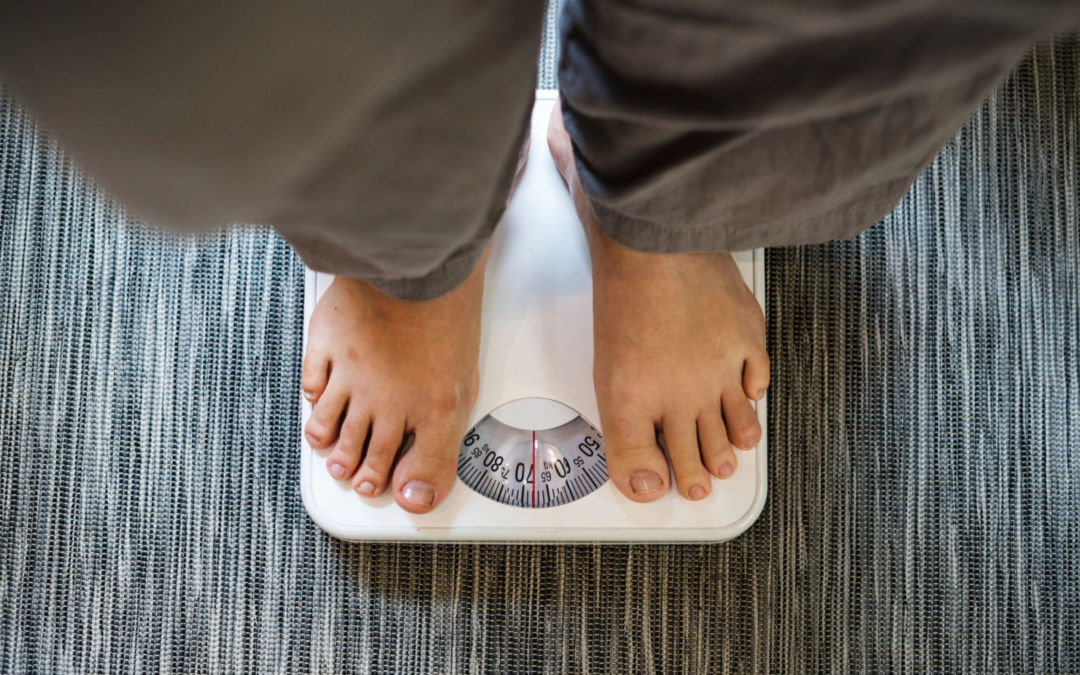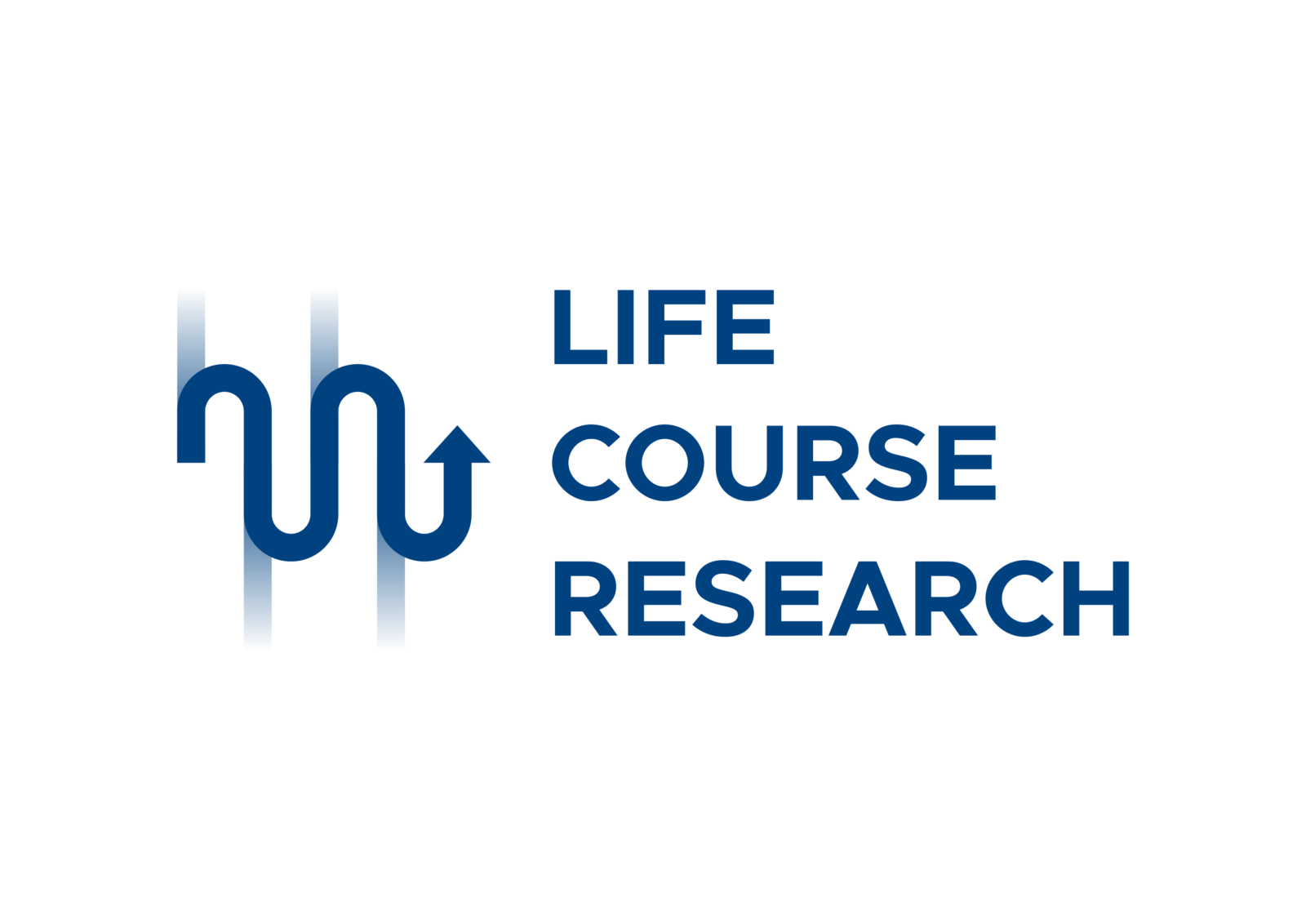Bibliographic reference
Thomas Yates, Cameron Razieh, Francesco Zaccardi, Alex V. Rowlands, Samuel Seidu, Melanie J. Davies, Kamlesh Khunti International Journal of Obesity; https://doi.org/10.1038/s41366-021-00771-z
At a glance
In this English study, the authors aim to find some predictive factors for severe illness and mortality resulting from SARS-CoV-2. Knowing these factors can be helpful in identifying individuals at risk for developing severe COVID-19 as well as for implementing lifestyle changes.
In particular, the authors focus their attention on body mass index (BMI) and self-reported walking pace, which were found to be closely connected to disease severity and risk of mortality.
Background and starting point
As the COVID-19 pandemic persists, data related to the SARS-CoV-2 virus continues to be collected. Obesity, in particular, is emerging as an important risk factor for severe disease and death due to SARS-CoV-2. However, in order to prevent severe coronavirus infections and reduce the hospitalization rate in the difficult fight against this pandemic, we must find as many risk factors as possible.
Furthermore, given that the disease mostly affects the cardio-respiratory system, we need a marker correlating to the patient’s cardio-respiratory fitness in order to easily and effectively evaluate patient frailty.
Study parameters
This is a prospective cohort study based on data about individuals with COVID-19, collected by UK Biobank between 16th March and 24th August 2020. The patients were divided into groups based on their BMI as follows: normal weight (BMI 18.5-24.9 kg/m2), overweight (BMI 25-29.9 kg/m2) and obese patients (≥30 kg/m2). Patients were also sorted according to their reported walking pace: slow (< 3 mph), average (3 to 4 mph) and brisk (> 4 mph) walkers.
All the groups were then compared to the control group, both with respect to one single feature (BMI or walking pace) as well as to the two features together.
The results
As already known, obesity is an important risk factor for serious illness and mortality associated with COVID-19. Compared to the normal weight group, patients in the overweight group show:
- A 26% increase in the frequency of severe disease
- A 19% increase in mortality rate.
With respect to the obese group, the frequency of severe disease and the mortality rate show an increase of 49% and 82%, respectively.
An evaluation of walking pace shows the same trend cited above. Compared to the group of brisk walkers, the group of average walkers shows a 13% increase in severe disease incidence and a 44% increase in mortality rate. Furthermore, slow walkers compared to brisk walkers show an 88% increase in severe disease frequency and an 83% increase in mortality rate.
The most important data collected in this study, however, is that slow walkers are at increased risk for severe illness and mortality due to SARS-CoV-2, regardless of their BMI. In fact, normal weight slow walkers, when compared to normal weight brisk walkers, show:
- A 142% increase in severe disease frequency
- A 275% increase in mortality rate.
In conclusion, cardio-respiratory fitness level is a better frailty marker than BMI level in relation to COVID-19.
Study limitations
Despite the large number of participants (over 400,000), this study includes only the English population and therefore may not represent the wider, worldwide population, especially with respect to countries with very different socio-economic circumstances.
Moreover, even if the comorbidity rate among the study population is low (half of the participants present 1 or less comorbidities), the severity of these diseases is not stratified in any way, leading to a possible confounder in the results.
Finally, the walking pace was not obtained through meticulous measurement but was self-reported, resulting in data that was not verified by the authors and could therefore possibly be erroneous.
What’s new
This study defined cardio-respiratory fitness level (assessed by means of the walking pace) as the most effective predictive factor in COVID-19 disease. A lower fitness level was shown to correspond to a higher risk of developing severe symptoms and of mortality. This study indicates that, in relation to the SARS-CoV-2 virus, we should pay more attention to this walking pace marker than to the “usual” fitness marker of BMI.
Future outlook
This study opens the scientific field to new possibilities in the fight against COVID-19. Physical fitness (as exhibited by a person with a fast walking pace) is associated with less serious disease and less treatment needs, leading to a potential reduction in hospitalization due to SARS-CoV-2 worldwide.




